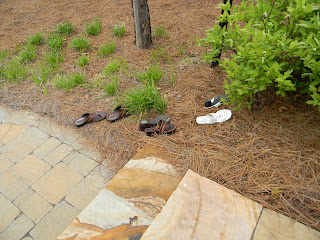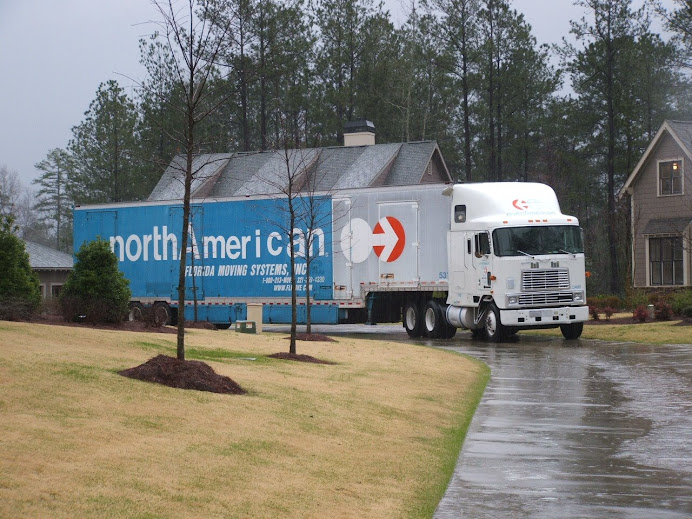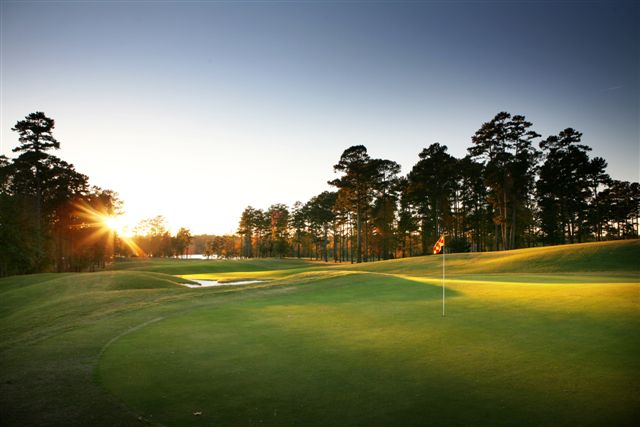
Warm weather has arrived at last and National Village is beginning to bloom! We encourage everyone to come and see us in the coming days and weeks as National Village will be absolutely beautiful in just a very short time.
One of the first trees that signifies the warmer weather is the dogwood and we have plenty of them in our lanscaping as well growing wild in the natural areas of National Village.
From Wikipedia, the free encyclopedia:
The genus Cornus comprise a group of 30-50 species of mostly
deciduous trees and
shrubs in the family
Cornaceae commonly known as dogwoods. Some are herbaceous perennials; a few of the woody species are evergreen. The name "dog-tree" entered English vocabulary by 1548, and had been further transformed to "dogwood" by 1614. Once the name dogwood was affixed to the tree, it soon acquired a secondary name as the Hound's Tree, while the fruits came to be known as dogberries or houndberries (the latter a name also for the berries of
Black nightshade and alluding to
Hecate's hounds). One theory advances that "dogwood" was derived from dagwood, from the use of the slender stems of very hard
wood for making 'dags' (daggers, skewers, arrows). Another earlier name of the dogwood in English is the whipple-tree.
Geoffrey Chaucer uses the word whippletree in
The Canterbury Tales ("
The Knight's Tale", verse 2065) to refer to the dogwood. A large item made of dogwood, the whippletree, still bears the name of the tree from which it is carved. A whippletree is an element of the traction of a horse-drawn cart, which links the drawpole of the cart to the harnesses of the horses in file. Various Cornus are ubiquitous in American gardens:
Donald Wyman stated "There is a dogwood for almost every part of the U.S. except the hottest and dryest areas" (Wyman's Garden Encyclopedia, s.v. "Cornus"). In England, the lack of sharp winters and hot summers makes Cornus florida very shy of flowering. Dense and fine-grained, dogwood timber was highly prized for making loom shuttles, tool handles and other small items that required a very hard and strong wood. Though it is tough for woodworking, some artisans favor dogwood for small projects such as walking canes,
longbows,
mountain dulcimers and fine inlays. It was an excellent substitute for
persimmonwood in golf clubheads (“woods”). Larger items were also made of dogwood such as the screw-in basket-style wine or fruit presses;. The first kinds of laminated tennis rackets were also made out of the wood cut in thin strips. Most dogwood species have opposite leaves and a few, like C. alternifolia and C. controversa, have alternate leaves. The
fruit of all species is a
drupe with one or two seeds, often brightly colorful and sometimes edible.
Flowers have four parts. Many species in subgenus Swida are
stoloniferous shrubs, growing along waterways. Several of these are used in naturalizing landscape plantings, especially the species with bright red or bright yellow stems, which color up in winter. Most of the species in subgenus Benthamidia are small trees used as
ornamental plants. As flowering trees, they are of rare elegance and beauty, comparable to
Carolina silverbell,
Canadian serviceberry, and the
Eastern Redbud for their ornamental qualities. The
fruit of several species in the subgenera Cornus and Benthamidia is edible, though without much flavour. The berries of those in subgenus Swida are mildly toxic to people, though readily eaten by
birds. Dogwoods are used as food plants by the
larvae of some
Lepidoptera species including
Emperor Moth,
The Engrailed,
Small Angle Shades and the following case-bearers of the genus
Coleophora: C. ahenella, C. salicivorella (recorded on Cornus canadensis), C. albiantennaella, C. cornella and C. cornivorella (The latter three feed exclusively on Cornus). They were used by pioneers to brush their teeth. The pioneers would peel off the bark, bite the twig and then scrub their teeth.

























